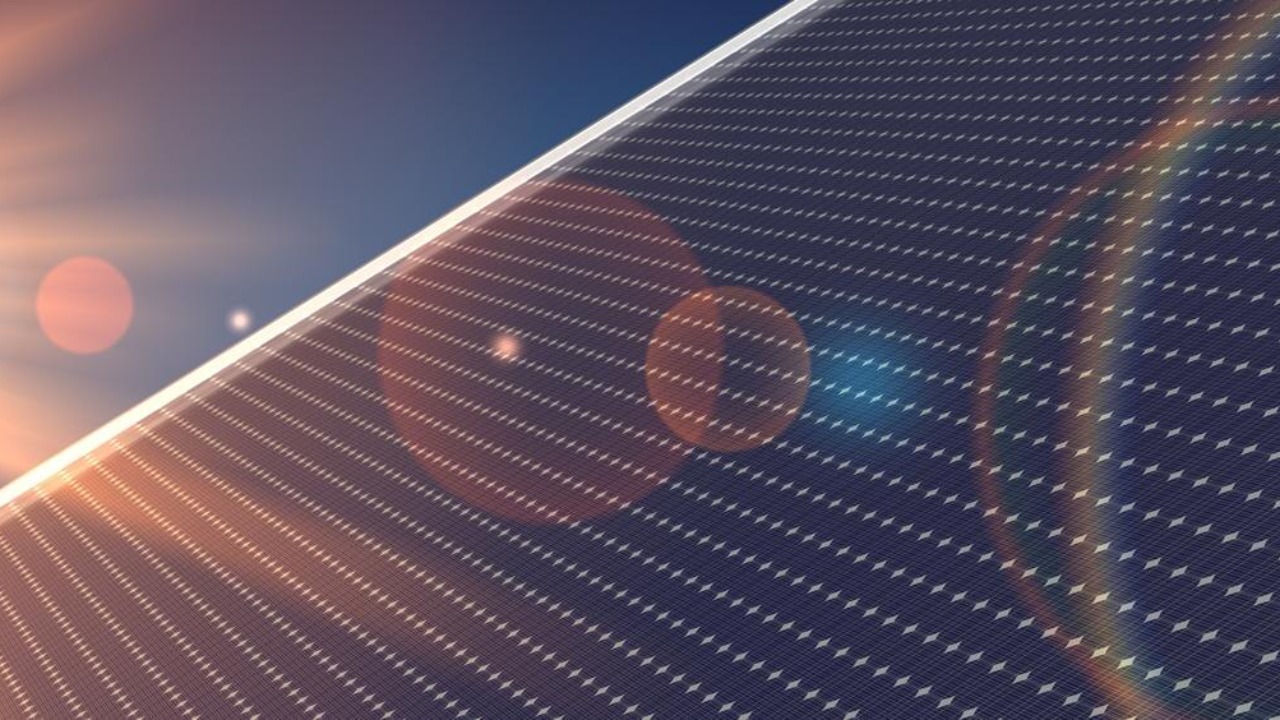
Imagine harnessing the power of the sun in a way that could push solar panel efficiency beyond current records to an astounding 45%. This could soon be a reality, thanks to the innovative concept of splitting sunlight into spectral components using hybrid photovoltaic-thermal (PV-T) systems. This approach, coupled with a breakthrough in singlet fission technology, could potentially revolutionize energy capture.
The Concept of Spectral Splitting
Spectral splitting is a technique that divides sunlight into high- and low-energy photon streams. This targeted absorption in hybrid systems allows for the efficient use of different wavelengths of light. Concentrating optics play a crucial role in this process, enhancing photon delivery to specialized photovoltaic (PV) and thermal components. The theoretical foundation for this concept was laid out in a 2021 study that explored the efficiency limits of concentrating spectral-splitting hybrid PV-T solar collectors and systems.
Hybrid PV-T Solar Collectors
Hybrid PV-T solar collectors integrate photovoltaic and thermal elements to capture both electricity and heat. This dual-output optimization is made possible by the use of spectral splitting. The efficiency gains from these hybrid designs are significant, as detailed in the 2021 analysis of PV-T systems.
Efficiency Limits in Concentrating Systems
According to the same 2021 study, the upper bounds of efficiency achievable through spectral splitting in concentrating PV-T setups could reach up to 45%. Factors such as wavelength-specific absorption play a crucial role in limiting or enabling high-efficiency performance.
Singlet Fission for Enhanced Photon Utilization
Singlet fission is a process that splits a single high-energy photon into two lower-energy ones, allowing for better PV matching. This mechanism addresses losses in traditional silicon-based solar cells, enhancing their efficiency. A breakthrough in singlet fission technology was detailed in a 2025 report, promising to further boost solar panel efficiency.
Integrating Singlet Fission with Spectral Splitting
There are significant synergies between singlet fission and spectral-splitting techniques that can boost overall system efficiency. For instance, fission-enhanced materials could pair well with hybrid PV-T collectors, leading to even greater energy capture. The advancements in singlet fission from the 2025 report alongside the 2021 PV-T limits provide a promising roadmap for the future of solar energy.
Pathways to 45% Efficiency Milestones
Reaching the 45% efficiency target with spectral-splitting systems will require careful implementation. Challenges such as material durability and cost will need to be addressed in scaling hybrid PV-T technologies. However, the efficiency potential outlined in the 2021 study provides a clear path forward.
Future Implications for Solar Energy
The implications of these advancements for solar energy are profound. Higher-efficiency panels could significantly accelerate renewable energy adoption, reducing our reliance on fossil fuels. Ongoing research building on singlet fission and spectral splitting, as highlighted in the 2025 report, promises to continue pushing the boundaries of what’s possible in solar energy capture.
More from MorningOverview